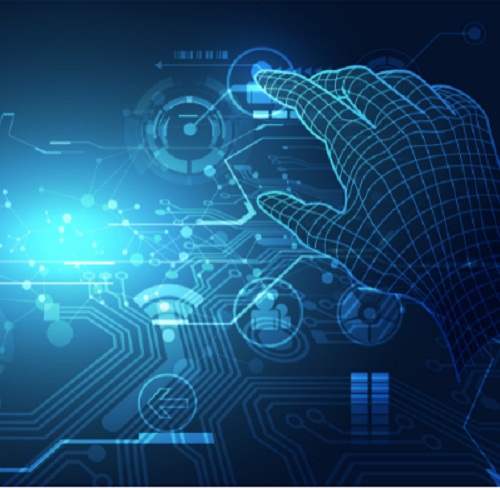The pattern recognition capabilities of AI have the potential to spot anomalies and potential fraudulent that happen on the blockchain
While blockchain has understandably been intrinsically linked to cryptocurrency and digital asset trading, it has much broader implications and potentially impacts the wider financial industry.
Among both modern and traditional finance operators, blockchain has the potential to revolutionise existing systems by creating platforms that are more efficient, cost-effective, transparent, and secure.
However, even though contemporary blockchains are relatively young and by existing standards a more secure technology, there are already innovations within this space that will set the new standard for security in the blockchain, including the inclusion of AI technology into the blockchain.
Accelerating security concerns
To better understand why AI will be a critical component in the evolution of blockchain technology, we have to look at two significant drivers that are accelerating the need for greater security.
Firstly, we’re seeing the adoption of blockchain in more critical systems across the banking sector and a variety of industries. As these systems are vital to an organisation, they present themselves as prime targets for threat actors and cybercriminals, particularly as these threat actors continually look for vulnerabilities within a single organisation and weaknesses along an entire supply chain.
Secondly, given that blockchain is just starting to be widely adopted, organisations that adopt blockchain will likely look to scale or modify the use of their blockchain systems. While blockchain technology is, by its nature, scalable and flexible, these changes over time do present a security risk.
To illustrate this, we use the analogy of a fish tank.
Typically when you first get a fish tank, there is a specific use case in mind, i.e. a particular volume of water, a specific type of fish, salinity, temperature etc. However, over time, the use of the fish tank might change, the volume of water may vary, and it may go from warm salt water to cold freshwater.
All these changes add up and can create flaws in the tank, eventually leading to a structural failure. For blockchain technology, the more changes happen to the system, the more likely a critical security vulnerability will be introduced.
How AI-enhanced blockchains address security concerns
So how does AI come into play? Coming back to the fish tank analogy one last time, infusing AI into blockchain technology creates a self-healing tank that adapts as the usage of the blockchain changes and scales. It will allow the blockchain solution to continually scan for any security or operational flaws within a system and fix them automatically.
In addition, AI in blockchain also goes beyond just ensuring the security and integrity of its platform, the pattern recognition capabilities of AI also have the potential to spot anomalies and potential fraudulent or suspicious activities that happen on the blockchain.
This can lead to faster and more accurate detection of illegal activity and have implications, particularly for the finance sector, as we continue to see an evolution of KYC and compliance requirements.
Overcoming barriers to adoption
Despite a growing understanding of the benefits of blockchain, many still struggle with accelerating the adoption of the technology within their organisation. There are three key considerations that most companies should consider to address this.
Firstly, senior leadership buy-in is critical to set the company’s pace. As with most new technology, support from leaders requires providing them with education on the mechanics of the technology and the business benefits (along with the costs) in quantitative terms. In addition, it’s also essential to include less quantifiable benefits, including improved employee experience and greater security.
Secondly, there will also be some critical decisions from a technology perspective, including whether to use a private or public blockchain. Both systems have their benefits and, with AI technology, are secure. But generally speaking, companies that require a greater degree of compliance should consider private blockchains, given the greater degree of control they can have.
This also ties into integration with legacy systems, and like with more technological innovations, a rip-and-replace approach is unlikely to be an economically sound choice, particularly for larger enterprise companies.
For companies of this size, they can explore how blockchain can be integrated with existing systems, both from a legacy and cross-functional perspective. Having a more “gradual” strategy can also help reduce concerns around security and interoperability. Of course, for smaller or younger companies, there is the opportunity to leap-frog this transformation and be blockchain first.
Lastly, companies need to address the skills gap. Blockchain, as a whole, is still a relatively emerging technology. As a result, the people with the skills required for it are in short supply and the resources needed for talent acquisition can prevent some organisations from adopting blockchain.
To work around this skill gap, one possible way forward is to partner or collaborate with specialist technology partners that will be able to support them on their transformation journey.
Source: e27










